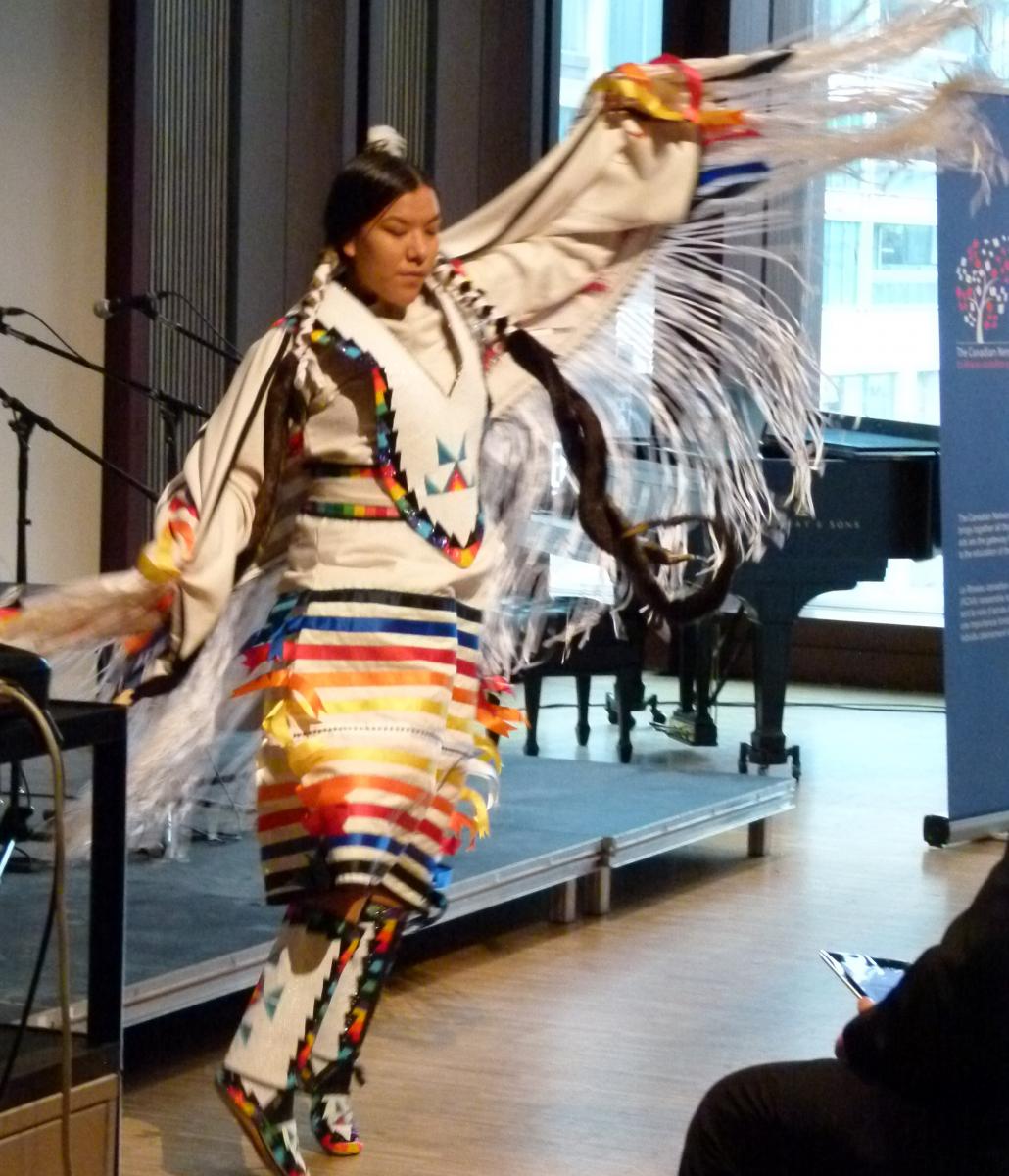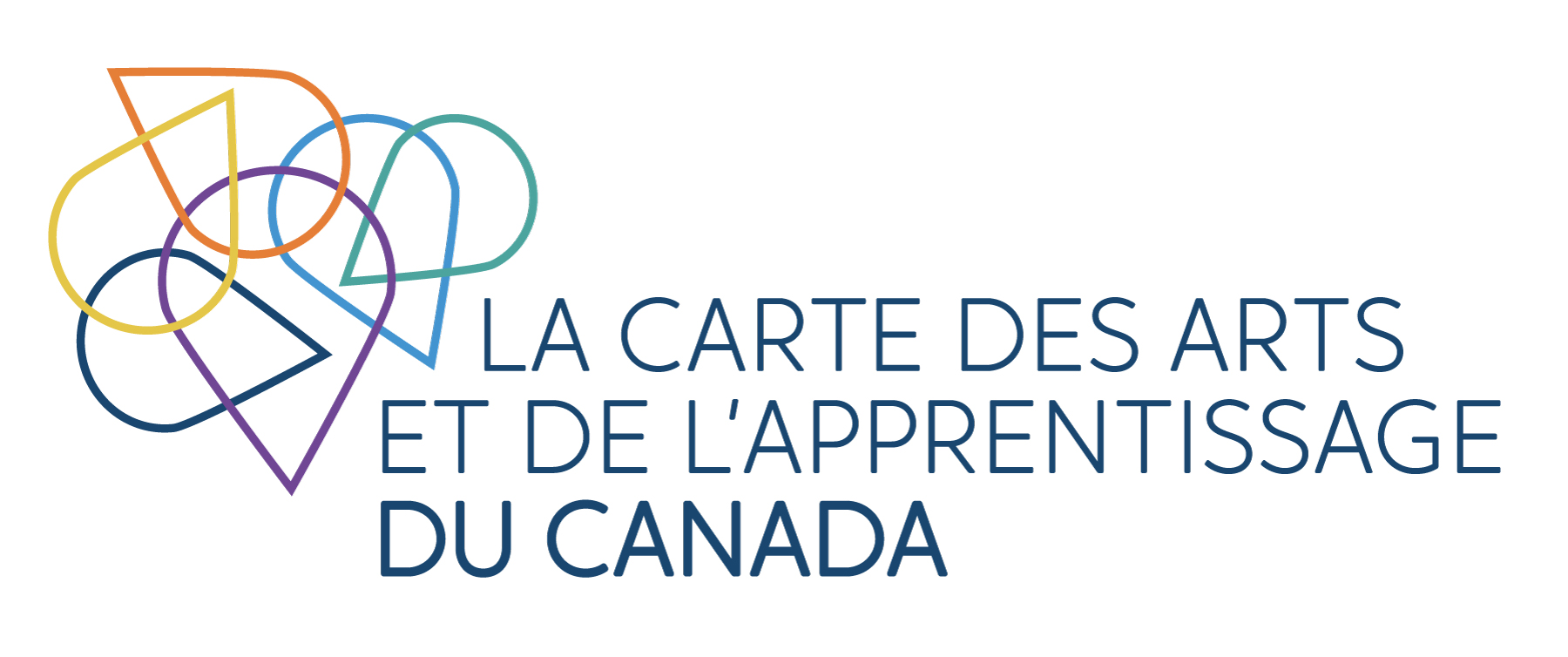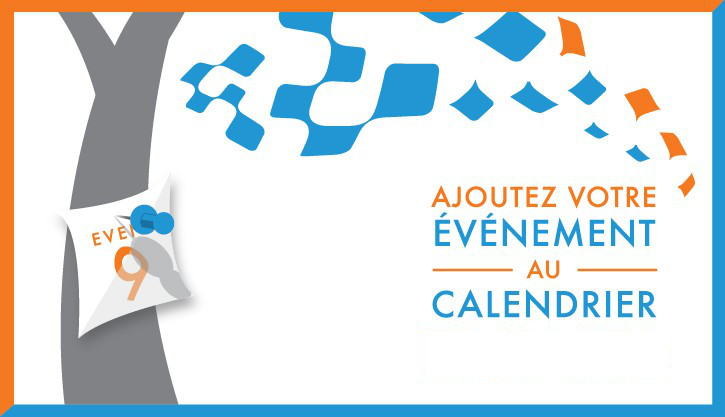
For small organizations and individuals offering arts learning programming, the thought of going through an assessment may seem overwhelming. However, it’s likely that you’re already doing some assessment activities without realizing it, such as taking photos or documenting comments that you’ve received, even ones from Facebook and other social media. In this post, we will explore some basic assessment techniques that any facilitator can do without adding too much to the to-do list.
Before starting an assessment, you need to think about what you will do with the information and who will benefit. Will you use the information in your marketing materials to help promote the program to new students, or do you need a formalized report for a funder? Maybe you are looking to understand what makes one program more popular than another, or you want to discover the best way to improve the course content. What you are going to do with the data will dictate not only the method, but also the type of data that you will collect. Filling out the form on page 53 of the handbook is a great way to help focus your thoughts and guide the assessment activities.
Baseline Data
To know how far the learners have come, you need to know where they started. Collecting baseline data will help you, and the participants, track progress and determine if expectations were met. A simple way to gather baseline data is to add a few questions to the registration form. Some sample questions could include:
- Do you have any previous experience with this art form? What is your level of expertise?
- What do you hope to come away with after this program?
- Where did you hear about the program? This question will help guide you in where to spend your marketing dollars most effectively or other promotional efforts you could focus on.
Be careful to not make the questions too onerous for your registrants, as this might be their first interaction with your program. Also, make sure to include a sentence to let the registrant know why you are collecting this information and what you will do with it. Refer to the handbook for more information about some of the legal and ethical obligations in the assessment process, including acquiring informed consent.
In you are looking for more in-depth baseline data, hand out a questionnaire at the beginning of the first class and lead the class on a short discussion about their previous experience and expectations. Refer to page 56 in the handbook for guidelines on creating a questionnaire.
Ways to collect data throughout the course of the learning
- Take photos or videos (for more information, refer to page 24 of the handbook)
- Create portfolios or collections (page 22)
- Group discussions or one-on-one interviews (page 58)
Having a variety of dynamic photos and videos of the learning activities is essential for promotional purposes and to illustrate the value of the program to funders.
After the program
Some easy ways to gather data after the program is to distribute a questionnaire on the last day or send out an online survey. Before creating the questionnaire, reflect again on your reason for the assessment and target the questions to reach that objective.
Not only will a questionnaire gather data on participants’ impressions of the value of the learning, but you can also use it to gather quotes from participants to use in future promotional campaigns. Be sure to receive their permission to use their quotes and let them know how they will be credited in the promotional materials - most will likely prefer that you not use their full name, but maybe just their first name, or even something generic like “participant”.
If you want to go more in-depth on this final assessment, let the participants read the information they filled out during the first class, to reflect on whether or not the learning met their expectations and to see how far they’ve come.
In future blog posts we will delve deeper into different types of data and methods of assessment. The assessment handbook is meant to be a “living document” and we look forward to further developing it with input from educators and administrators working in the field. We want to hear your thoughts and experiences as you work through the handbook and go through the assessment process. Please leave comments either on this blog or through our Facebook page to keep the conversation going.




